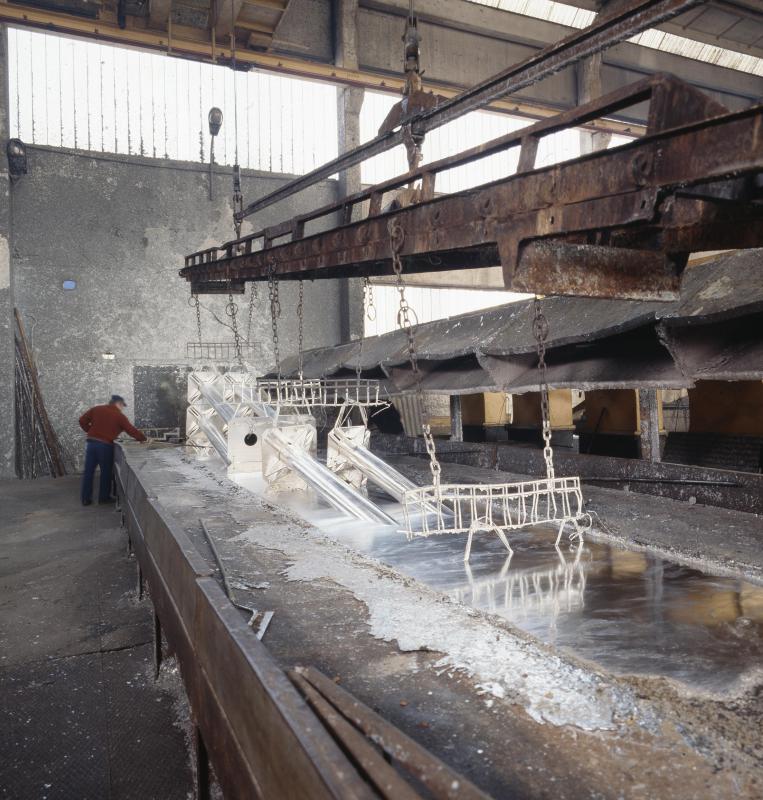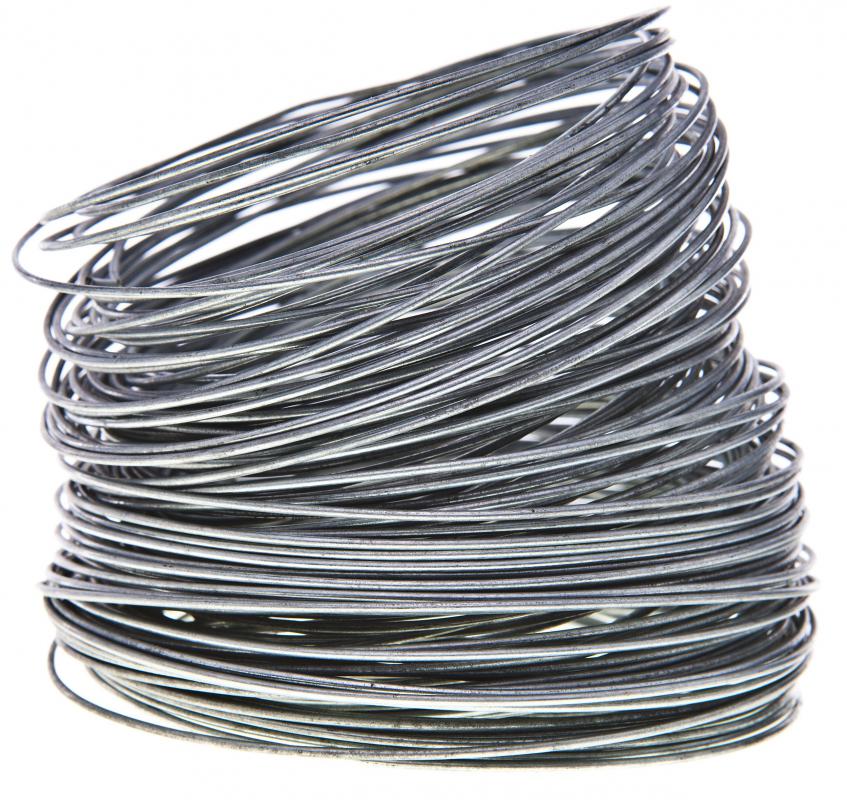At HomeQuestionsAnswered, we're committed to delivering accurate, trustworthy information. Our expert-authored content is rigorously fact-checked and sourced from credible authorities. Discover how we uphold the highest standards in providing you with reliable knowledge.
What is a Woven Fence?
Woven fencing consists of a grid of interlocking wires to form square or rectangular openings throughout the length of the fence. The interlocked wires knot together at each connection to increase the strength of the fence by keeping each fence opening in place even when placed under heavy strain. Installation of the fence and of the support posts that keep the fence in place is vital to providing the strength needed to hold livestock, protect property and keep nuisance animals at bay. Different types of woven fence and different types of support posts ensure an installed woven fence will hold under many situations.
The size of woven fencing is displayed as wire size/ height/vertical wire spacing, and each size plays an important role in the strength of the fence after installation. As the wire gauge number decreases, the thickness of the wire increases, heavier—lower-numbered wire—increases the strength of the fence section sitting between each support post. Height describes the height between the lowest and highest horizontal wires of the woven fence. Vertical wire spacing determines the height of the rectangular opening throughout the height of the fence. Material type is another factor that determines the longevity of the installed woven fence.

Galvanized, stainless steel and coated wire are three common types of material available for residential, commercial and agricultural woven fencing and its support posts. Galvanized steel is zinc-bonded to carbon steel and keeps moisture from contacting the surface of the easily-corroded steel. Stainless steel wire utilizes the ability of the stainless aspect to resist corrosion and increase the longevity and strength of the installed fence. Coated woven fence wire uses a flexible plastic coating to protect the inner carbon steel wire, but the wire is easily exposed when the coating is damaged. Each material type has its own advantages that range from longevity to affordable.

Stainless steel has the longest life for an installed fence, but also has the highest initial cost for both the woven fencing and the support posts. Galvanized steel wire has a lower longevity than stainless steel, but costs far less during the initial installation. Coated fencing costs the least amount of money during installation, but requires the most maintenance to keep the fence structurally sound. Balancing the cost of the material with the required amount of maintenance ensures a quality woven fence installation that remains strong for years after.
AS FEATURED ON:
AS FEATURED ON:












Discuss this Article
Post your comments